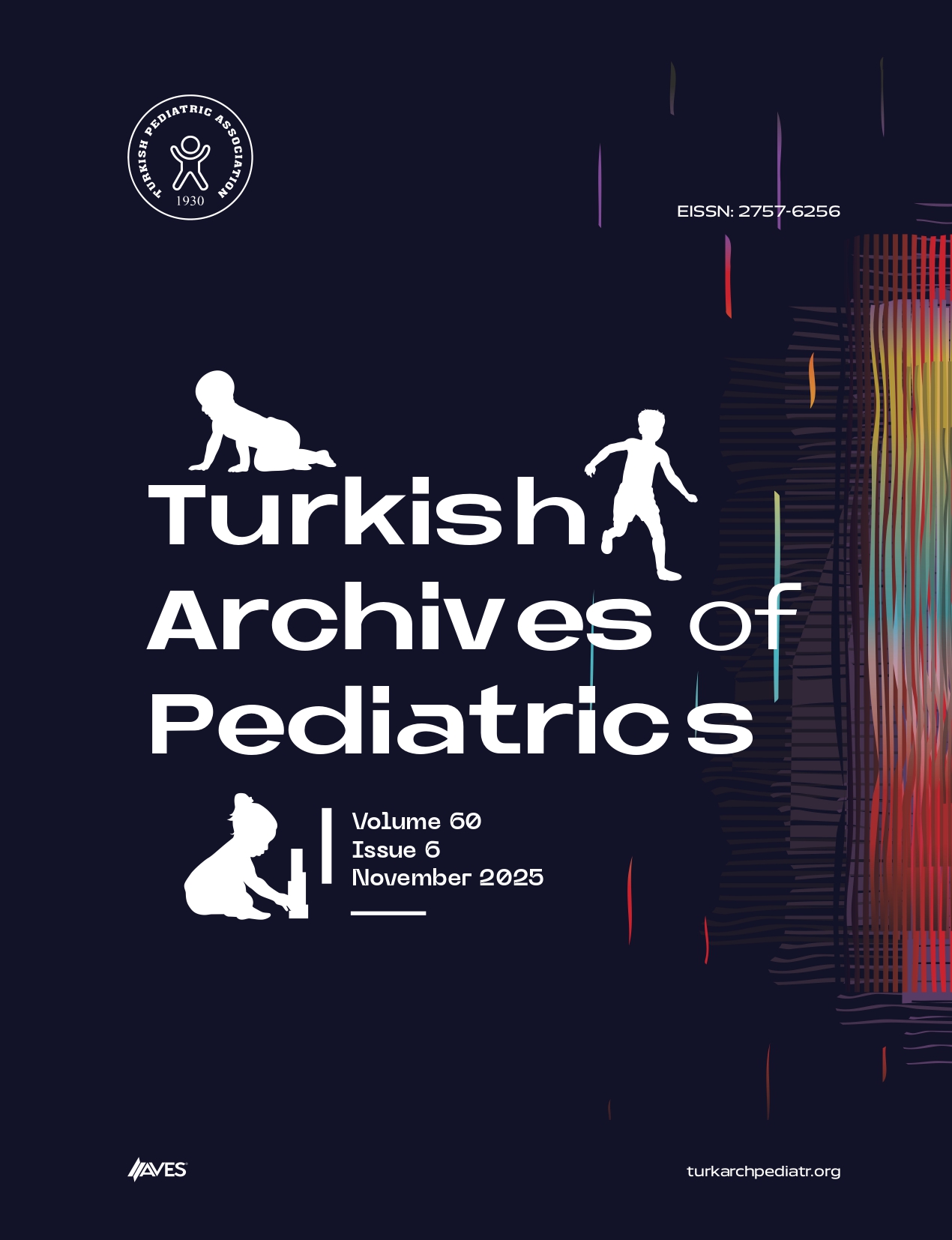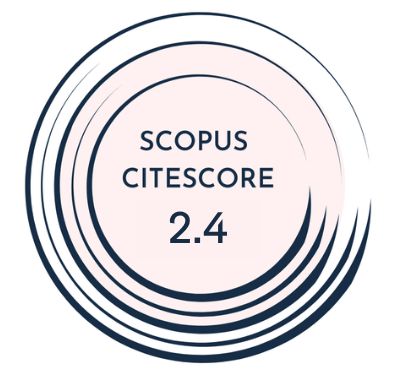Objective: Sepsis remains a major cause of morbidity and mortality in pediatric intensive care units (PICUs). Community-acquired sepsis presents distinct challenges in children due to immature immunity, variable clinical features, and emerging antimicrobial resistance. This study aimed to evaluate the clinical characteristics, microbiological profile, treatment, and mortalityrelated possible risk factors for mortality in pediatric community-acquired sepsis.
Materials and Methods: This retrospective single-center study included 107 previously healthy children diagnosed with community-acquired sepsis and admitted to the PICU between February 2020 and June 2023. Demographic, clinical, laboratory, and microbiological data were retrieved from electronic medical records. Patients were analyzed based on culture positivity and survival status.
Results: Among 1853 PICU admissions, 107 met the inclusion criteria. The median age was 2.5 years, and the overall mortality rate was 6.5%. Blood culture positivity was 14%, with Staphylococcus aureus as the most common pathogen (46.7%), followed by Pseudomonas and Acinetobacter species (13.3% each). Pulmonary involvement was the most common infection site (28%). Mortality was significantly associated with acute kidney injury (AKI), invasive mechanical ventilation, and longer ventilation duration. Culture positivity correlated with longer hospital and noninvasive ventilation duration.
Conclusion: Staphylococcus aureus was the leading cause of pediatric community-acquired sepsis. Critical complications such as AKI, mechanical ventilation, and a higher number of red blood cell transfusions were linked to mortality. All children with proven gram-negative sepsis were under 1.5 years, and 2 were later diagnosed with primary immunodeficiency, suggesting that early gram-negative infections in infants may reflect an underlying immune defect, as immunodeficiencies predispose to sepsis caused by unusual or atypical pathogens. Timely diagnosis and careful management are vital for better outcomes in vulnerable patients.



.png)


.jpg)